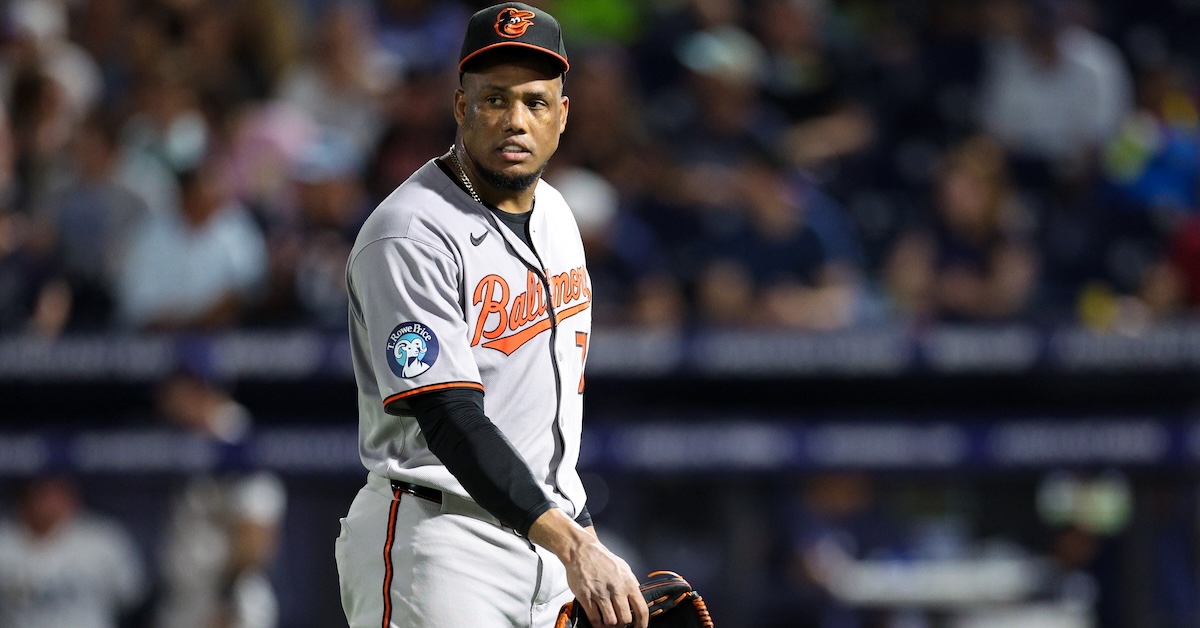Checking in on ZiPS zStats for Hitters at the Halfway Mark

Love ’em or hate ’em, the class of “expected” stats has utility when we’re talking about predicting the future. The data certainly have mixed feelings among fans, but they perform an important task of linking the things that Statcast and similar non-traditional metrics say to performance on the field. A hard-hit rate of X% or a launch angle of Y degrees doesn’t really mean anything by itself, without the context of what’s happens in baseball games.
I’ve been doing projections now for nearly half (!) my life, so outside of my normal curiosity, I have a vested interest in using this kind of information productively in projections. Like the Statcast estimates (preceded with an x, as in xBA, xSLG, etc.), ZiPS has its own version, very creatively using a z instead.
It’s important to remember these aren’t predictions in themselves. ZiPS certainly doesn’t just look at a pitcher’s zSO from the last year and say, “Cool, brah, we’ll just go with that.” But the data contextualize how events come to pass, and are more stable than the actual stats are for individual players. That allows the model to shade the projections in one direction or the other. Sometimes that’s extremely important, such as in the case of homers allowed for pitchers. Of the fielding-neutral stats, homers are easily the most volatile, and home run estimators for pitchers are much more predictive of future homers than are actual homers allowed. Also, the longer a hitter “underachieves” or “overachieves” in a specific stat, the more ZiPS believes the actual performance rather than the expected one. More information on accuracy and construction can be found here. Read the rest of this entry »






